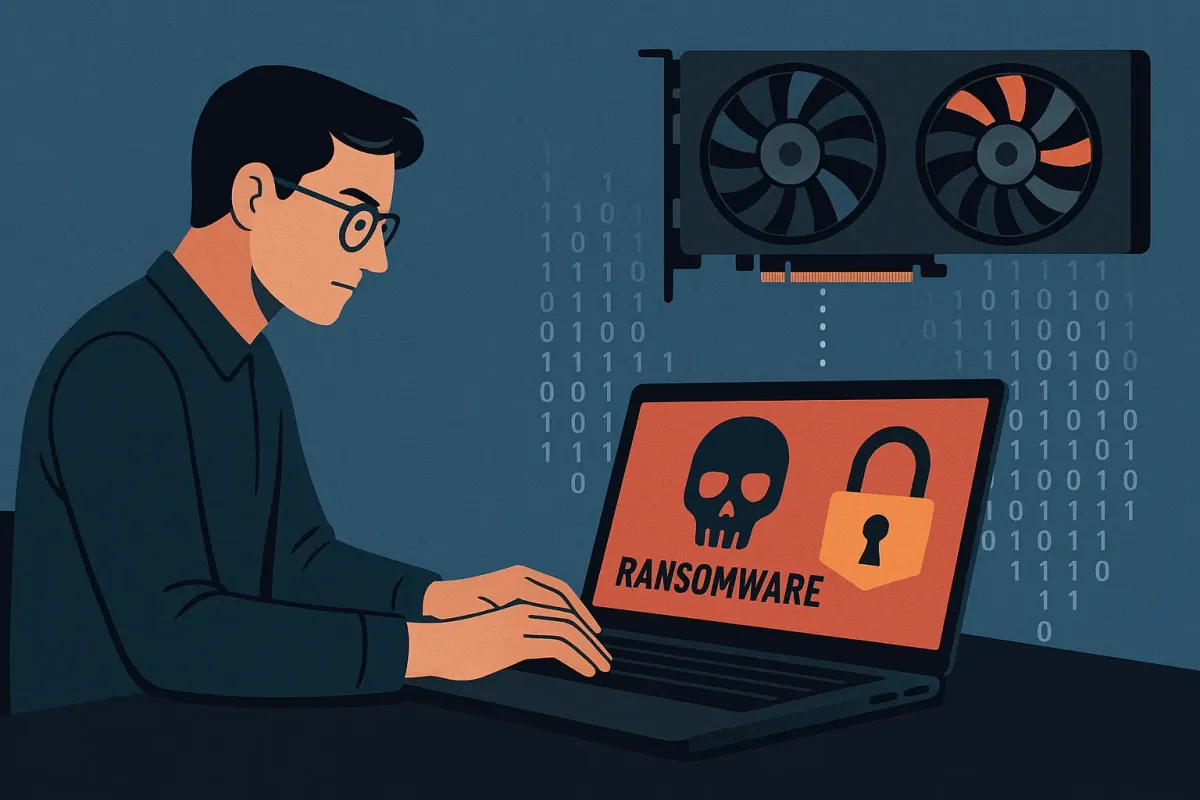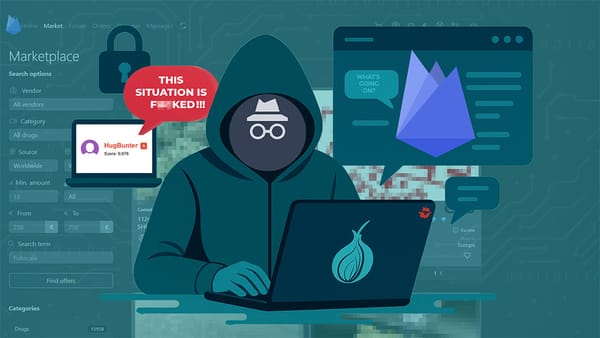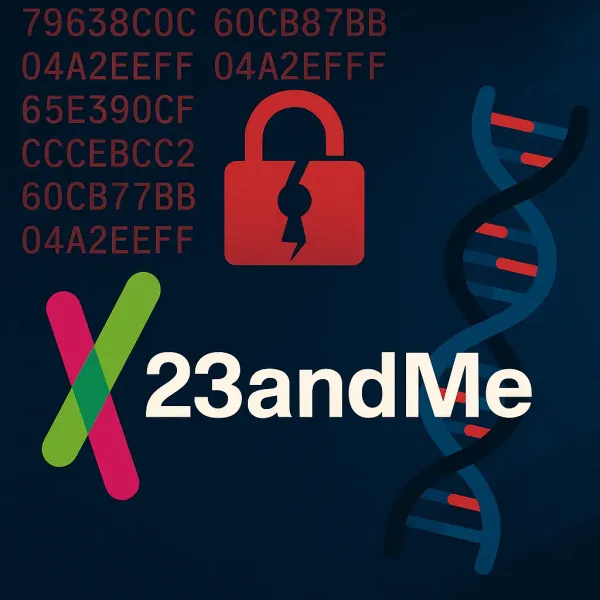How a Researcher Cracked Akira Ransomware Using GPU Brute Force
A security researcher reverse-engineered the Akira ransomware's encryption scheme by exploiting timestamp-based key generation and brute-forcing with GPU clusters. His $1,200 solution...

When most users are hit with ransomware like Akira, they’re told one thing: pay up or lose everything. But when Johans Nugroho’s friend had a Linux system hijacked by Akira, he didn’t call the FBI or pay a ransom. He reversed it with raw GPU power and targeted logic.
BADASS!
Akira ransomware uses a dynamic encryption system, generating unique keys per file based on four nanosecond-precision timestamps, then encrypts each key using RSA-4096. This should be unbreakable. But the flaw is the seed: timestamps aren’t random. By scraping logs and metadata, Nugroho isolated the exact time window Akira started encrypting. This narrowed the brute-force space from infinity to hours.
He built a custom tool to brute-force these keys. Standard consumer GPUs (even RTX 3090s) weren’t fast enough. So he turned to cloud GPU providers RunPod and Vast.ai, stacking 16 RTX 4090s to churn through the math! Within 10 hours, the decryption keys were in hand. Cost: around $1,200. Result: total system recovery without capitulating to criminal demands.
Akira’s multi-threaded attack model means more simultaneous file encryptions but that also created a clearer pattern in timestamps, which worked in the researcher's favor. The decryptor now lives on GitHub, giving others a real-world alternative to extortion.
This case demonstrates what ransomware gangs fear: that brute-force decryption is viable if the attack logic is sloppy and timestamp-reliant. Akira relied on entropy that wasn’t truly random. Once you map the timeline, the encryption collapses under enough GPU power.
➣ Theoretical Perspective: If this method scales and gets cheaper with AI acceleration or shared distributed computing, it could make certain types of ransomware obsolete. This doesn’t stop attacks, but it does erode their profitability.
Ransomware exists because most victims comply. Nugroho's approach proves there's a different path one that doesn’t require feeding criminal business models or trusting federal agencies that rarely recover anything.
Source




